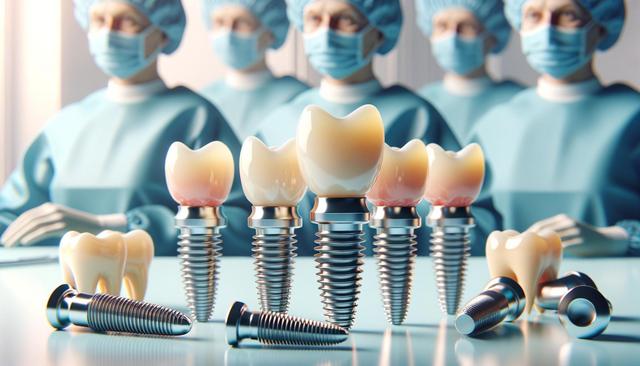What Are Migraines and Why Treatment Matters
Migraines are more than just headaches—they are neurological conditions that can significantly impact quality of life. Characterized by intense throbbing pain, often on one side of the head, migraines can also include symptoms like nausea, light sensitivity, and visual disturbances. Because of their complex nature, a one-size-fits-all treatment doesn’t exist. Instead, a combination of medication, lifestyle changes, and dietary adjustments is often required. Identifying common dietary causes of migraines is a crucial starting point in reducing their frequency and severity.
Many individuals report that certain foods or eating habits can trigger a migraine. Recognizing and avoiding these can form the basis of a proactive migraine management plan. By combining medical treatment with diet and lifestyle modifications, individuals living with migraines can gain better control over their symptoms.
Common Dietary Triggers to Watch Out For
Dietary habits are often overlooked but are a major factor in migraine management. Several studies have pointed to specific foods that trigger migraines in adults. While individual responses vary, some common culprits include:
- Aged cheeses
- Processed meats containing nitrates
- Alcohol, particularly red wine
- Chocolate
- Foods with artificial sweeteners or additives like MSG
These items are considered common dietary causes of migraines and should be monitored carefully. Sometimes, it’s not just the food itself but the timing and amount consumed that can cause issues. Skipping meals or fasting can also lead to headaches, which is why consistent eating patterns are essential.
Keeping a food diary can help identify personal triggers. By logging meals and symptoms, patterns may emerge that can inform future dietary choices. This personalized approach allows for better management and fewer surprises when it comes to migraine prevention.
Building a Migraine-Safe Diet
Creating a migraine-safe diet involves more than just avoiding triggers; it’s also about including foods that promote overall brain health and stability. Some of the best foods to reduce migraine risk include:
- Leafy greens such as spinach and kale
- Whole grains like quinoa and brown rice
- Fruits with high water content, such as watermelon and cucumber
- Magnesium-rich foods like almonds and pumpkin seeds
- Fatty fish rich in omega-3s, such as salmon
These foods provide essential nutrients that support neurological function and reduce inflammation, which may help in lowering the frequency of migraine attacks. Additionally, staying hydrated is critical, as dehydration is a known trigger for many individuals.
When considering migraine safe diet tips, it’s also important to prepare meals at home when possible. This gives full control over ingredients and reduces the risk of consuming hidden additives or preservatives that could provoke a migraine.
Other Lifestyle Factors That Influence Migraines
While diet plays a crucial role, migraine management often requires attention to other lifestyle factors as well. Sleep, stress, and physical activity are three pillars that can either mitigate or worsen migraine symptoms.
Here are a few practices to consider:
- Maintain a regular sleep schedule — going to bed and waking up at the same time daily
- Practice stress-reduction techniques such as meditation or breathing exercises
- Engage in regular, moderate exercise — such as walking or yoga — to improve circulation and lower stress
These habits can complement dietary changes and form a holistic approach to migraine prevention. Understanding what to avoid to prevent headaches also includes limiting screen time, avoiding strong odors, and managing exposure to bright or flickering lights, all of which are known environmental triggers.
When combined with medical advice and appropriate treatment, these lifestyle adjustments can contribute to a meaningful reduction in migraine frequency and intensity.
When to Seek Medical Support and Consider Professional Guidance
Even with careful attention to diet and lifestyle, some individuals may continue to experience frequent or severe migraines. In such cases, it’s important to seek medical advice. A healthcare provider can help determine whether prescription medications, preventive treatments, or alternative therapies are appropriate.
If dietary triggers have been difficult to pinpoint, working with a registered dietitian experienced in migraine care can be valuable. A dietitian can help develop a customized eating plan that aligns with the individual’s needs, preferences, and health goals. They may also guide the process of an elimination diet, which can help identify specific foods that trigger migraines in adults.
Ultimately, successful migraine treatment is often a collaborative effort. With the right support and a comprehensive plan, people living with migraines can experience significant improvements in their daily lives, energy levels, and overall well-being.




Leave a Reply